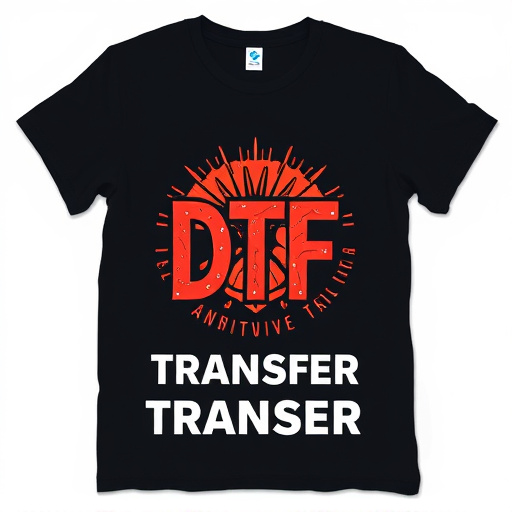Businesses thrive in competitive pricing by monitoring market dynamics like demand and consumer preferences to set accurate prices reflecting product value. Tailoring services to price-sensitive or quality-focused customers through budget packages and premium bundles enhances appeal. Offering long-lasting, high-quality products and add-ons justifies competitive pricing by providing substantial savings over time, fostering loyalty and growth.
In today’s dynamic market, achieving the sweet spot between value and affordability is key to success. This article explores the art of competitive pricing, delving into essential strategies that businesses can employ to navigate fluctuating dynamics. We’ll uncover insights on understanding customer perception, setting prices that reflect product value, and adjusting affordability for long-term sustainability. By the end, you’ll be equipped with tools to implement effective competitive pricing strategies.
- Understanding Market Dynamics for Competitive Pricing
- Strategies to Achieve a Balanced Value Proposition
- Measuring and Adjusting Affordability for Longevity
Understanding Market Dynamics for Competitive Pricing

In the realm of competitive pricing, understanding market dynamics is paramount. Businesses must stay attuned to fluctuating demand, competitor strategies, and evolving consumer preferences. By closely monitoring these factors, companies can set prices that not only cover costs but also reflect the value they offer. This involves recognizing the unique selling points of their products or services—such as high-quality finishes in automotive detailing, including custom vehicle wraps and ceramic window tinting—and communicating these effectively to target audiences.
Competitive pricing isn’t about simply undercutting rivals; it’s about positioning products or services in a way that resonates with customers’ perceptions of value. This requires continuous market research and analysis to ensure prices remain competitive while maintaining profitability. Balancing affordability with perceived value is the key to attracting and retaining customers, fostering brand loyalty, and achieving sustainable growth in any industry.
Strategies to Achieve a Balanced Value Proposition

In the pursuit of competitive pricing, balancing value and affordability is an art that requires a strategic approach. One effective strategy involves segmenting the market to understand customer profiles and their unique needs. By categorizing buyers as price-sensitive or quality-conscious, businesses can tailor their services accordingly. For instance, offering basic packages at lower prices for those seeking budget-friendly options while providing premium bundles with additional features like scratch protection for automotive detailing enthusiasts can appeal to a diverse range of customers.
Additionally, bundling services is a powerful tactic. Combining multiple premium automotive services into comprehensive packages allows businesses to attract clients who value convenience and top-tier care. This strategy not only enhances the overall customer experience but also justifies competitive pricing by demonstrating the extensive benefits received for the cost. It’s about presenting a compelling value proposition that goes beyond individual services, ensuring both satisfaction and loyalty among clients seeking high-quality automotive detailing solutions.
Measuring and Adjusting Affordability for Longevity

In the realm of competitive pricing, affordability is a key factor for attracting customers and ensuring business longevity. However, measuring and adjusting affordability requires a nuanced approach. It’s not just about setting low prices; it’s about offering value that resonates with consumers over time. Businesses must consider not only immediate cost but also long-term investment. For instance, offering high-quality services or products like vinyl wraps can enhance durability, reducing the need for frequent replacements and thereby providing better affordability in the long run.
This strategy becomes particularly relevant when thinking about scratch protection and UV protection—add-ons that may seem expensive upfront but offer significant savings by preserving the integrity of items like vehicles. By balancing these considerations, businesses can create a competitive pricing model that caters to customers’ desire for both value and affordability, fostering loyalty and sustained growth.
Competitive pricing is not just about undercutting competitors; it’s about creating a sustainable, balanced value proposition that resonates with customers. By understanding market dynamics, employing strategic pricing methods, and continuously measuring affordability, businesses can offer exceptional value without compromising longevity. This approach ensures that both customers and the business itself thrive in a dynamic marketplace.














